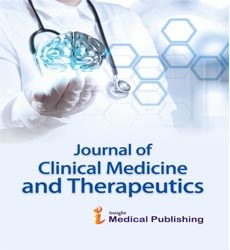Antimicrobial resistance silent threat: opportunities for clinical and healthcare pharmacists during covid-19
Abstract
Antibiotic resistance has a detrimental effect on the global control of infectious diseases. Every day, people die in hospitals and healthcare facilities due to a lack of effective antimicrobials for life-threatening infections. The indiscriminate use of antimicrobial agents in the health and veterinary sectors is rapidly worsening; hospitals and primary healthcare settings report rising rates of multiresistant microorganisms. Pathogens evolve in the same way that all other species do: they adapt to new environmental conditions and acquire characteristics that enable them to compete and gain an advantage. When an antibiotic is used to treat a specific population of bacteria, susceptible pathogens die while resistant pathogens survive. The mutation confers an advantage on resistant pathogens over other bacteria: they can adapt to the antibiotic-induced environment with a higher probability of survival and replication than other bacteria that are poorly adapted. The pharmacist's role in reducing antimicrobial resistance ranges from the promotion of capacity-building programs for professionals across all sectors to community engagement and the development of research projects to improve infectious disease surveillance. COVID-19, on the other hand, has triggered factors that are impairing the efficacy of the only treatments available for these diseases. As a result, education and training programs for health care, veterinary, and environmental professionals are critical for addressing the current crisis. Professionals will gain a better understanding of how drug- resistant pathogens work, how to optimize antibiotic use, and how to develop infection prevention and control measures in their field of study. Also, raising awareness campaigns will educate local communities about the proper use of antimicrobial agents, their side effects, strategies for reducing self-medication, and strategies for behavioral change.
Open Access Journals
- Aquaculture & Veterinary Science
- Chemistry & Chemical Sciences
- Clinical Sciences
- Engineering
- General Science
- Genetics & Molecular Biology
- Health Care & Nursing
- Immunology & Microbiology
- Materials Science
- Mathematics & Physics
- Medical Sciences
- Neurology & Psychiatry
- Oncology & Cancer Science
- Pharmaceutical Sciences
